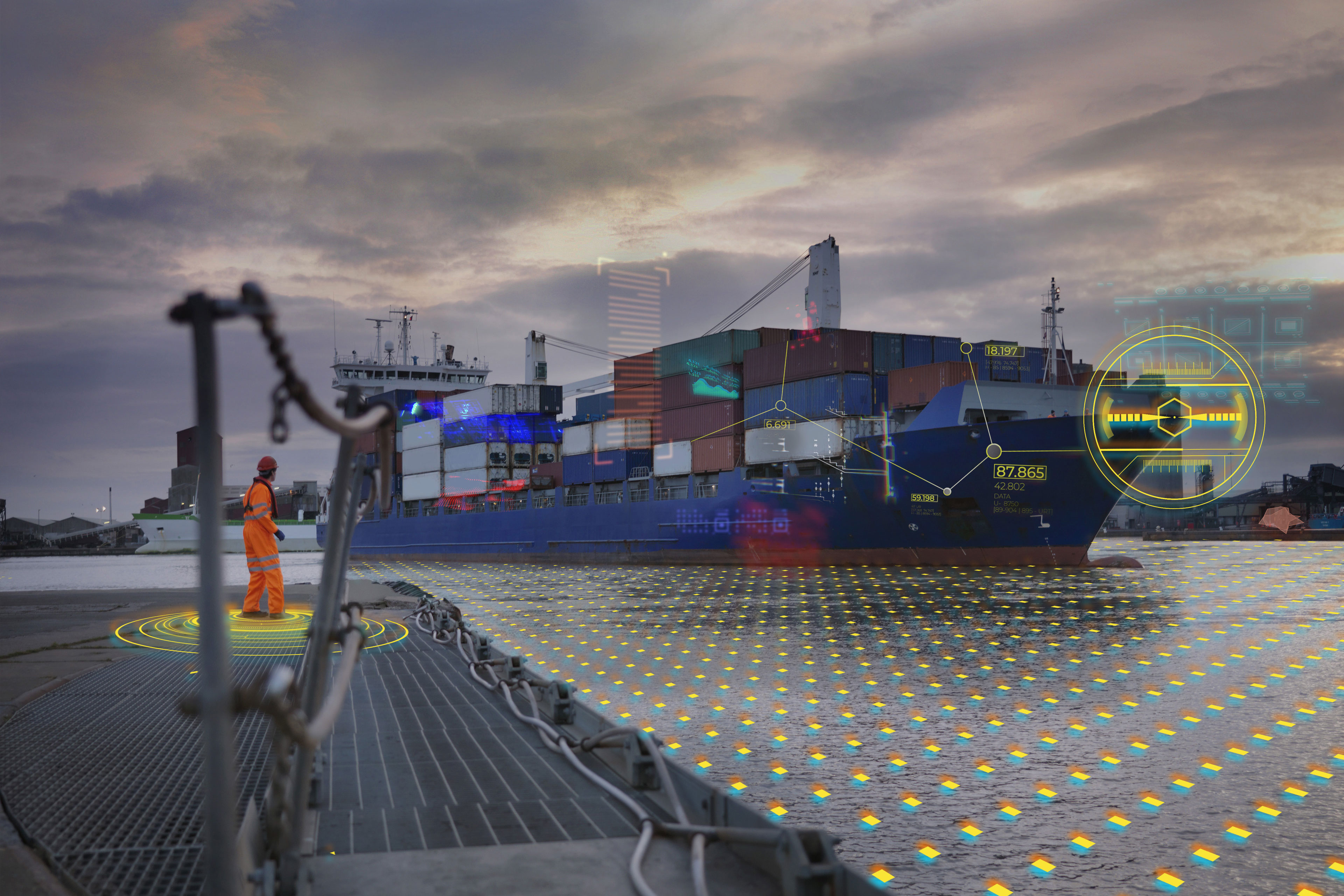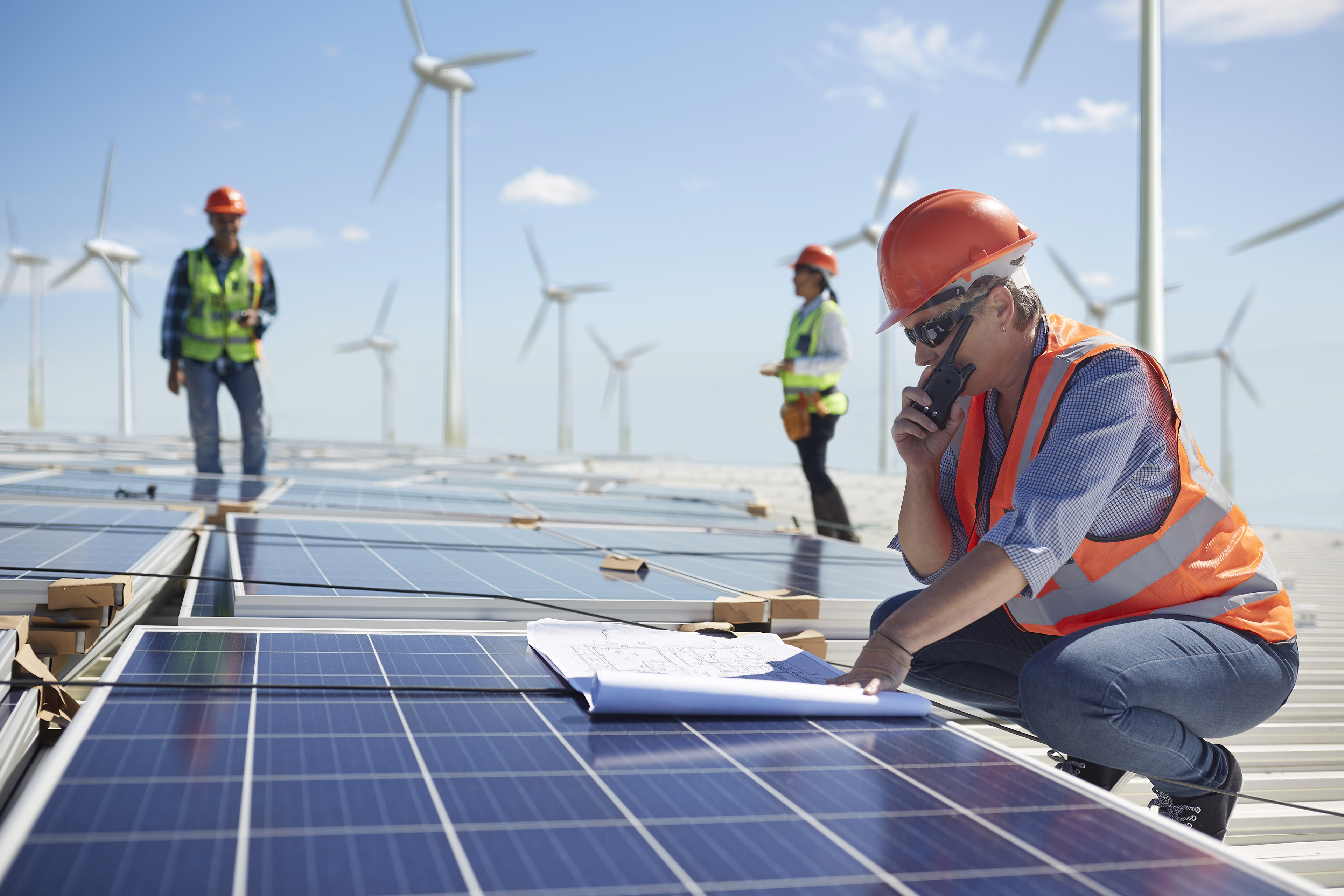EY refers to the global organization, and may refer to one or more, of the member firms of Ernst & Young Global Limited, each of which is a separate legal entity. Ernst & Young Global Limited, a UK company limited by guarantee, does not provide services to clients.
Ireland Climbs To 5th In Latest EY Renewable Energy Attractiveness Index
- Ireland 5th most attractive country to invest in renewable energy projects on a GDP-normalised basis
- Network gridlock and high capital costs cited as consistent challenges
- Corporate Power Purchase Agreements (CPPA) continue to expand with Ireland climbing one place to rank 16th in the CPPA Index
- Battery energy storage systems critical to balance renewable energy development
Dublin, 15 July 2024: Ireland is the 5th most attractive country to invest in renewable energy projects on a GDP-normalised basis according to the latest EY Renewable Energy Country Attractiveness Index, as ambitious energy transition plans, proactive policy settings and significant opportunities continue to attract investment in the rapidly expanding renewable sector.
During 2023, an additional 0.6GW of new grid-scale renewable energy was installed across Ireland (0.2 GW wind and 0.4 GW solar) which represents a tripling of the 0.2 GW that was connected in 2022.* Ireland follows behind Denmark, Greece, Chile, and Australia in the normalised ranking of economies. In the overall index, the top spots are retained by the world’s largest economies, the United States, China and Germany, with the scale of the economies, the energy demands and the projects themselves attracting record investment.
Globally, there has been a record level of investment, with a surge of US$1.8 trillion in clean energy investment in 2023, including US$660 billion earmarked for renewables. In spite of this unprecedented investment, however, it is still significantly below what is needed to meet the COP28 target of tripling renewable capacity by 2030. Network gridlock and high capital costs are cited as consistent challenges globally at a time when rapid acceleration of investment and capacity is needed.
Ireland has also continued to expand its Corporate Power Purchase Agreements (CPPA) market, climbing one place to rank 16th in the CPPA Index, reflecting a growing use of these agreements in Ireland as organisations continue to invest in renewable energy to meet both their energy needs and ambitious individual climate commitments.
Sean Casey, EY UK&I Energy & Infrastructure Consulting Leader says: “It’s really positive that Ireland has placed so highly when it comes to our attractiveness in terms of seeking and securing renewable energy investment, but there is still much to do to ensure we are on track to meet 2030 goals. Over recent years there has been a clear step change in the policy settings that enable investment in clean energy at scale. We are now increasingly seeing the return on this, with a year-on-year tripling of renewable energy added to the grid in 2023. Just recently the Environmental Protection Agency reported that power generation emissions were down 21% - while some of this can be attributed to imported energy via interconnectors, it's clear that the energising of new renewable energy projects on an almost monthly basis is playing a crucial role.
“It's also been really positive to see an increase in Corporate Power Purchase Agreements – where businesses commit to purchase electricity directly from renewable source. This is a market that is rapidly growing as organisations seek to secure renewable energy sources to meet their own climate commitments. These positive results for Ireland are set against a backdrop where on the surface, the global renewables sector is on a high. But despite last year’s surge in clean energy investment globally, investment remains below what is needed to meet the COP28 target of tripling renewable capacity by 2030. Years of underinvestment globally in infrastructure means network gridlock and high capital costs could also delay progress just when acceleration is needed. As an example, a 2023 International Energy Agency report found that approximately 1,500GW of renewables capacity was languishing in ever-growing queues to connect to the grid. Whether it’s here in Ireland or anywhere else globally, we need to redouble our focus on finding solutions that will accelerate delivery and connectivity of renewable energy at scale.”
Unlocking network challenges with battery energy storage systems
As renewables proliferate and electrification grows, battery energy storage systems (BESS), will play a key role in a dynamic energy system by smoothing supply and demand peaks and helping defer the cost of grid expansion and upgrades. The role of BESS is an area of particular focus in the latest edition of the Renewable Energy Index. A fourfold increase in global BESS deployment is forecast from 2023 to 2030, reaching 572 GW/1,848 GWh.
The US, bolstered by a 30% tax credit under the Inflation Reduction Act, takes the top spot in the new EY ranking of the world’s most attractive markets for BESS investment. China with strong government support, subsidies and plans to reduce BESS costs by 30% by 2025, is a close second. Great Britain, with a new energy bill that classifies BESS as a generation asset, rounds out the top three.
As part of Ireland’s Climate Action Plan, the Department of the Environment, Climate and Communications recently published the Electricity Storage Policy Framework. Ireland has so far achieved over 1GW of electricity storage connected to the grid – enough to power the equivalent of approximately 450,000 homes for one hour. This figure includes just over 730MW of battery storage with a strong pipeline for further projects necessary to facilitate the greater integration of cheaper renewable wind and solar power.
Sean Casey, says: “Scaling up battery energy storage systems can help solve multiple problems holding up clean energy progress, including stabilising and strengthening network infrastructure and enabling more distributed energy resources to connect to the grid. In Ireland, battery energy storage systems are currently providing much needed grid system services and will be an increasingly important part of our grid as we look to 2030 and beyond. In this context, the recent introduction of the Electricity Storage Policy Framework is very welcome. This policy clarifies the key role of electricity storage in Ireland’s transition to an electricity-led system, supports Irelands 2030 climate targets, and is a stepping stone on Ireland’s path to net zero carbon emissions. With Ireland’s current peak demand just under 6GW, it’s promising that 1GW of BESS is already operating in our electricity system and some 4.45GW of battery storage capacity is projected to be installed by 2030.”
To view the RECAI Top 40 in full, the normalised RECAI ranking and the corporate power purchase agreement index, as well as analysis of the latest renewable energy developments across the world, visit ey.com/recai.
-ends-
Notes to editors
The EY Renewable Energy Country Attractiveness Index is EY’s biannual flagship global renewables report. Now in its 63rd edition, the index ranks the world’s top 40 markets based on the attractiveness of their investment in renewable energy and deployment opportunities.
The largest global markets tend to top the core RECAI, however, there are many smaller markets where renewable energy is growing rapidly and becoming highly attractive. The overall index uses various criteria to compare the attractiveness of renewables markets, such as the magnitude of the development pipeline, that reflect the absolute size of the renewable investment opportunity. Hence, the index naturally benefits large economies. However, by normalising with the gross domestic product (GDP) — a market’s RECAI score by logarithm of the average of the three preceding years’ GDP to produce a “normalised score,” — we can see which markets are performing above the expectations for their economic size. In this way, the normalised index helps reveal ambitious plans for energy transition in smaller economies.
*Figures taken from the Climate Change Advisory Council Annual Review 2024: Electricity



